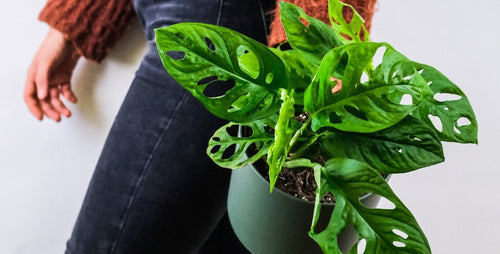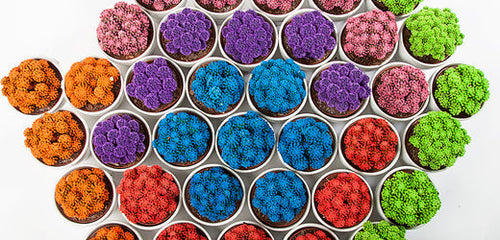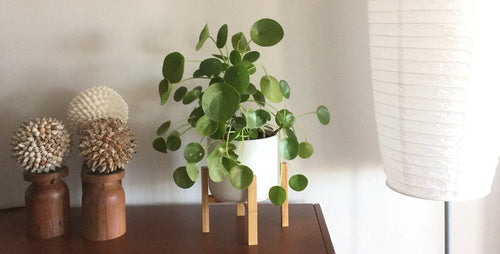 Many plants go dormant in winter. If you garden outdoors, you can simply look out the window during winter months and see that your perennials and deciduous trees have gone dormant. They’ve dropped all their leaves. Case closed.
Many plants go dormant in winter. If you garden outdoors, you can simply look out the window during winter months and see that your perennials and deciduous trees have gone dormant. They’ve dropped all their leaves. Case closed.
But do your indoor plants take a hiatus on growth in a similar way?
According to Costa Farms horticulturist, Justin Hancock, there are some misperceptions about winter dormancy and houseplants. “Houseplants don’t actually go dormant like a lot of people think,” he says. They do, however, react to the climatic changes in your home. Your home is dryer in the winter. Hot dry air from furnaces, space heaters, and fireplaces (which also means less humidity) are factors for the decrease in houseplant growth. Dryer conditions may also contribute to leaf drop.
And, as everyone knows, light affects plant growth. The double whammy of winter’s lower light levels and shorter days means that some houseplants react to less light by putting the brakes on new growth.
According to Hancock, your houseplants aren’t going dormant; they are simply reacting to their new winter living conditions, and are conserving energy. But he says that you can counteract winter’s effects by making some changes indoors. You can add more humidity to make life in a hotter, dryer living room more hospitable. And you can help change light conditions. “You can augment with artificial lights,” he says. “Or you can move plants nearer to a window that was blocked by a deciduous tree, and you might find your houseplants actually grow a little more in winter,” says Hancock.
Oh, and if you want to repot your plants, go ahead, says Hancock. “Repotting in winter is just fine,” he says. But don’t overwater. Hancock cautions houseplant parents to not confuse lack of growth with the need for more water. “You need to be more cognizant about not overwatering them if they’re not growing as fast,” he says. Overwatering houseplants is the number one reason for their demise.
Written by Karen Weir-Jimerson

















